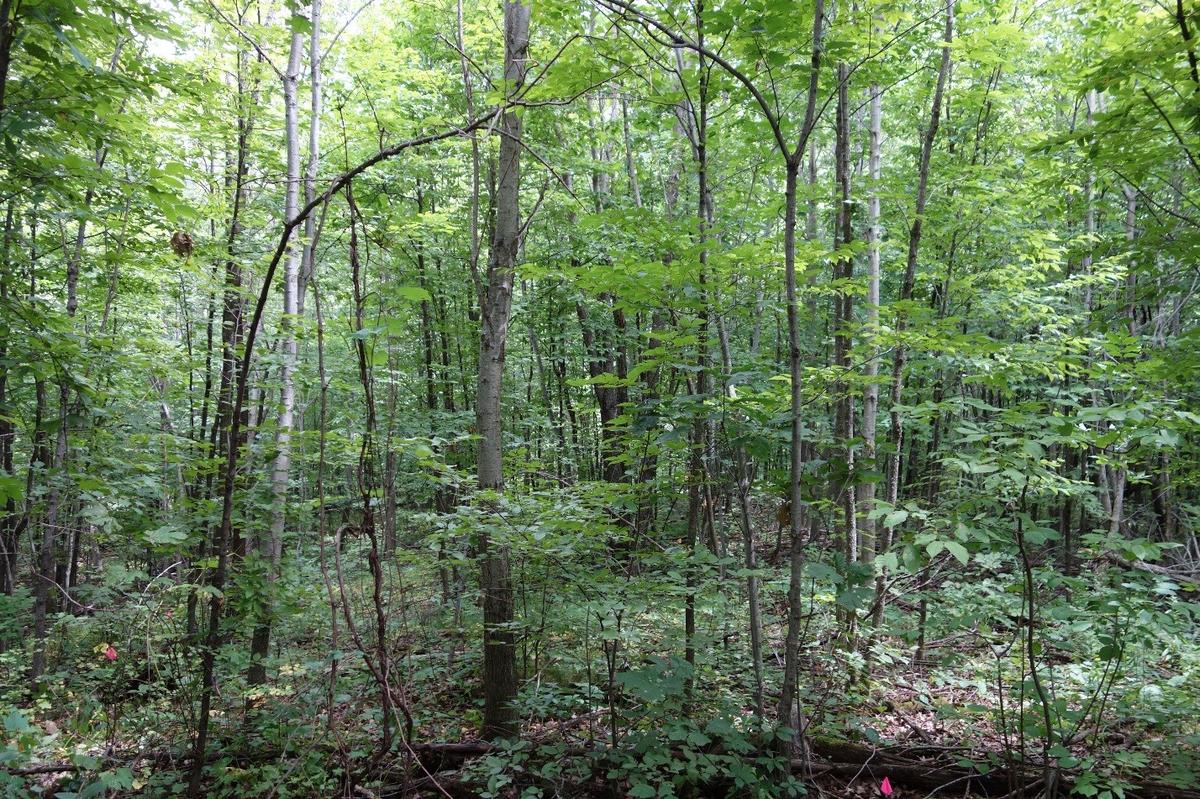Overview
This case study describes a shelterwood prescription implemented between 1987 and 1999 including a series of pre- and post- harvest treatments that resulted in a mixed hardwood stand where northern red oak is the most abundant species 30 years after harvest. The 10 acre site was broadcast sprayed with herbicide the growing season prior to harvest. The establishment cut was carried out leaving 60% crown cover and was followed by an underplanting of red oak at 600 trees per acre. 12 years after harvest, the overwood was removed. Stump sprouts were thinned shortly after that. 30 years after the establishment cut, red oak of seedling, seed, and stump origin dominate the mix of hardwoods on site, followed closely by aspen and sugar maple. This treatment was inspired by oak regeneration research completed in Missouri by the USDA Forest Service Northern Research Station.
Silviculture Objective(s)
The objective was to conduct a two-step shelterwood harvest that would maintain a significant oak presence in a future mixed hardwood stand. Maintaining and increasing the oak cover-type and oak as a component of other cover-types is often an objective identified in MNDNR Section Forest Resource Management Plans.
Pre-treatment stand description and condition
Stand establishment and management history:
We don’t know the management history prior to initiation of the 1987 shelterwood treatment. From the 1939 air photos, it appears that the site had a sparse to moderate amount of tree cover so perhaps it was grazed and/or used as an occasional woodlot (the areas outlined in green are the “site” in 1939).
Pre-treatment species composition:
From pre-treatment records, we know that red oak (28 MBF), basswood (4 MBF), American elm (0.5 MBF), and paper birch (0.2 MBF) sawlogs and “mixed” hardwood fuelwood (red oak, bur oak, ash, sugar maple, basswood, elm, and birch) were appraised prior to harvest in 1986/87.
Pre-treatment forest health issues:
None that we are aware of.
Landowner objectives/situation:
While specific objectives vary from parcel to parcel, lands under the administration of DNR-Forestry are managed in alignment with Section Forest Resource Managment Plans (SFRMP) to ensure that state forest management activities meet statewide goals for ecological protection, timber production, and cultural/recreational values. The DNR assembles teams from the Divisions of Forestry, Fish & Wildlife, and Ecological & Water Resources who work with partners and the public to develop SFRMPs.
Silviculture Prescription
The prescription for this site was to use a two-step shelterwood with pre-harvest chemical site-prep to move a transitional central mesic hardwood stand to a young central mesic hardwood stand dominated by oak. Specifically, the prescription called for a harvesting sufficient timber (predominantly red oak) to leave about 60% crown closure in order to provide optimal light conditions to favor the growth of northern red oak and limit growth of competing species. Being a two-step shelterwood, the prescription called for removal of the overwood (shelterwood) 10-15 years later, once the regeneration was well established. Oak regeneration targets in 1997 at year 10 after treatment were 400 well spaced trees per acre. Current standards for mesic central hardwoods 15 years after harvest are 100 to 300 crop trees per acre that are free-to-grow on 75% of plots.
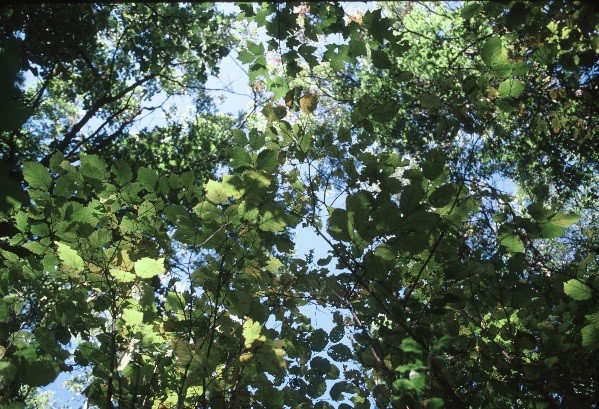
Figure 1: Canopy prior to shelterwood establishment cut in 1986
What actually happened during the treatment
The following series of treatments were implemented to ensure that the future mature stand was oak dominated:
August 1986: Control brush and competition with herbicide treatment
- Roundup (glyphosate) was broadcast sprayed (2 quarts/ac) from a skidder over a 2 day period
- A poorly timed, isolated shower washed away much of the herbicide on about 5 ac of the site. A second day was needed to re-treat the area using back-pack sprayers and a three-wheeler mounted sprayer
- Treatment occurred on 80% of the 10 acre site
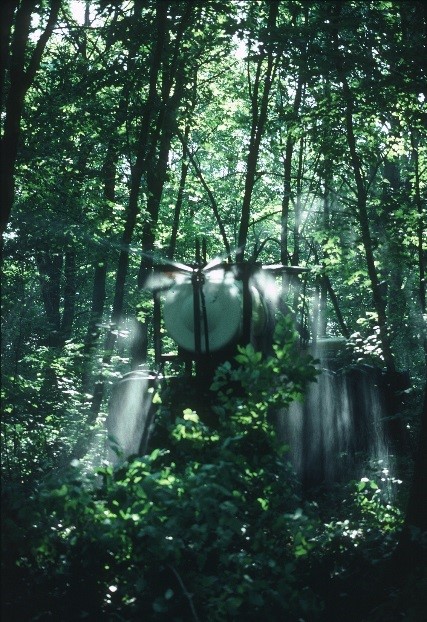
Figure 2: Herbicide treatment, August 1986. Radiarc nozzle used on a skidder mounted spray tank.
Fall/Winter 1986-87: Shelterwood establishment cut
The site was harvested to 60% crown closure
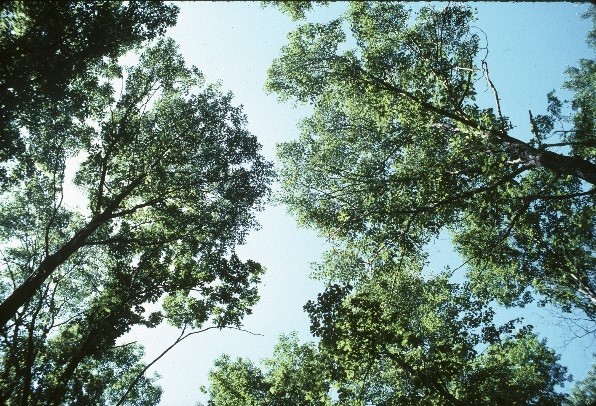
Figure 3: Canopy after shelterwood establishment cut, 1987
January 1987: Slash removal with rock rake
- A dozer with a rock rake attached was used to push slash away so that oak seedlings could be underplanted
- Slash was removed in winter with less than 2 inches of snow over frozen ground
- No soil was disturbed
- Treatment occurred on 30% of the 10 acre site
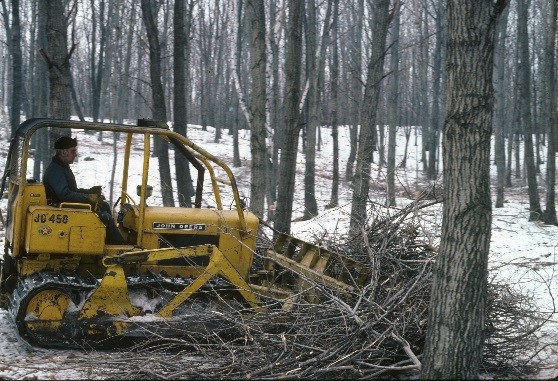
Figure 4: Rock raking treatment, January 1987
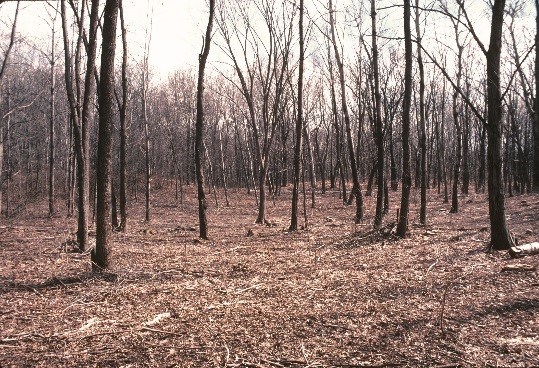
Figure 5: Post rock raking, 1987
April 1987: Underplant red oak
- 5,500 red oak seedlings (2-0 stock) were planted at 600 trees/acre
- Planting occurred on 9 acres
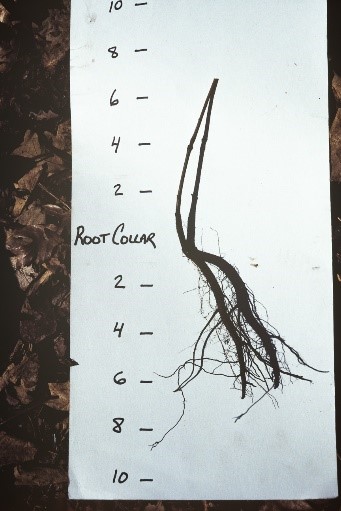
Figure 6: Oak planting stock. Ave. stem caliper ¼”, top and roots pruned to 6” prior to planting.
Spring 1994: Seedling protection
- 800 red oak seedlings were protected using Tubex grow tubes
- 500 butternut seedlings were planted and protected too
- 130 trees/acre were protected
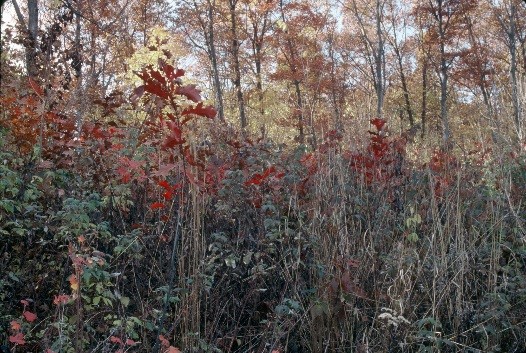
Figure 7: 9 years after seedling planting (photo taken Fall 1996)
December 1998-March 1999: Remove shelterwood
- This treatment involves removal of the canopy trees left during the 1987 treatment. The purpose is to release the newly established seedlings so they are free to grow.
- The appraised value of the wood was reduced to encourage a sale for the timely release of the planted oak seedlings
Stump sprout thinning
A few years after the shelterwood was removed, we had a crew thin some of the stump sprouts
Post-treatment assessment
Regeneration response to treatment
Prior to final overstory removal in 1999, there were 800 stems per acre of red oak seedlings that had an average height of 41 inches (3.4 ft). Key findings include:
- Natural red oak seedlings had slightly greater density than planted red oak seedlings 10 year after planting but the planted seedlings were almost 3 times taller.
- There were fewer sugar maple, aspen, ironwood, and miscellaneous species seedlings than red oak seedlings (seedling origin combined), but the non-oak seedlings were taller than the planted red oak and seed-origin red oak seedlings, 10 years after initial harvest and planting
- Not surprising, the red oak stump sprouts were on average just as tall as aspen seedlings, and were the tallest seedlings on site
- Regeneration notes from 1996 state that the red oak seedling condition “overall was excellent; caliper 5/16” to 1/2” and most red oak is at or above competition from brush”; also, it was noted that there was heavy raspberry and blackberry cover
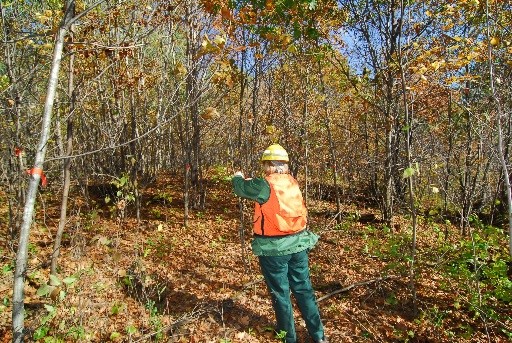
Figure 8: Treatment site, 20 years after shelterwood removal; many oaks 2 inches DBH (photo taken November 2007)
In July 2016, staff re-measured tree regeneration density, tree basal area, and species diversity. We measured tree regeneration in 4 size classes (Table 1): regenerants (less than 1 inch DBH and less than 1 foot tall), seedlings (less than 1 inch DBH and greater than 1 foot tall), saplings (1-3 inch DBH) and small trees (3-5 inch DBH). Key findings include:
- 17 years after final harvest, sugar maple dominates the regenerant, seedling, and sapling layers. However, the density of sugar maples in the small tree layer (3-5 inch DBH) is the same as that of red oak and aspen (Table 1)
- In terms of tree basal area, red oak is most dominant (28% of the BA), with aspen and sugar maple as the next most dominant trees (23% and 19%, respectively; Table 2)
Table 1: Tree regeneration density (avg. stems/acre) 17 years post final overstory removal. [regenerants = less than 1 inch DBH and less than 1 foot tall; seedlings = less than 1 inch DBH and greater than 1 foot tall; saplings = 1-3 inch DBH and small trees = 3-5 inch DBH]
| Species | Regenerants (<1" DBH and <1' tall) |
Seedlings (< 1" DBH and > 1' tall) |
Saplings |
Small trees (3 - 5" DBH) |
| Red oak | 23 | 0 | 62 | 85 |
| Sugar maple | 46 | 131 | 123 | 85 |
| Aspen | 0 | 0 | 8 | 77 |
| Basswood | 0 | 15 | 15 | 8 |
| Black cherry | 15 | 15 | 0 | 15 |
| Ironwood | 8 | 23 | 92 | 0 |
| Ash spp. | 0 | 46 | 8 | 0 |
| Elm spp. | 8 | 46 | 31 | 46 |
| Red maple | 0 | 8 | 15 | 8 |
| Total | 100 | 285 | 354 | 323 |
Table 2: Tree basal area (feet^2/acre) and relative dominance (% of total basal area) 17 years after final overstory removal.
| Species | Basal Area (ft^2/acre) |
Dominance (% of total basal area) |
| Red oak | 31.5 | 28.3 |
| Aspen | 25.4 | 22.8 |
| Sugar maple | 21.5 | 19.3 |
| Elm spp. | 13.8 | 12.4 |
| Ironwood | 5.4 | 4.8 |
| Basswood | 3.8 | 3.4 |
| Bur oak | 2.3 | 2.1 |
| Black cherry | 2.3 | 2.1 |
| Red maple | 1.5 | 1.3 |
| Butternut | 1.5 | 1.3 |
| Paper birch | 0.8 | 0.7 |
| Ash spp. | 0.8 | 0.7 |
| Boxelder | 0.8 | 0.7 |
| Total | 111.4 | - |
Understory plant response to treatment using a species-area plot
We observed 65 plant species in a ~0.25 acre plot and only 4 of these species were introduced species. This tracks well with other MHc36 communities. Based on other species-area plots in MHc36, we have found anywhere from about 30 to 80 species in ~0.25 acre plot. In general, managed MHc36 stands that have been harvested and/or burned tend to result in greater species richness whereas the unmanaged, mature stands with heavy deer and worm presence result in lower species richness.
We found 4 introduced species, including common burdock (Arctium minus), tatarian honeysuckle (Lonicera tatarica), dandelion (Taraxacum officinale), and common mullien (Verbascum thapsus). All were minor components of the site and all were noted to be present pre-treatment as well.
There are similar numbers of observations for shade tolerant plants (21 plants with low synecological light scores, values of 1 or 2) and shade intolerant plants (18 plants with high synecological light scores, values of 4 or 5). We observed light loving plants hanging on under the closed canopy 17 years after the final harvest.
Plans for future treatments
None. But, we may monitor the adjacent stand that was not treated with herbicide to compare plant species diversity to this stand.
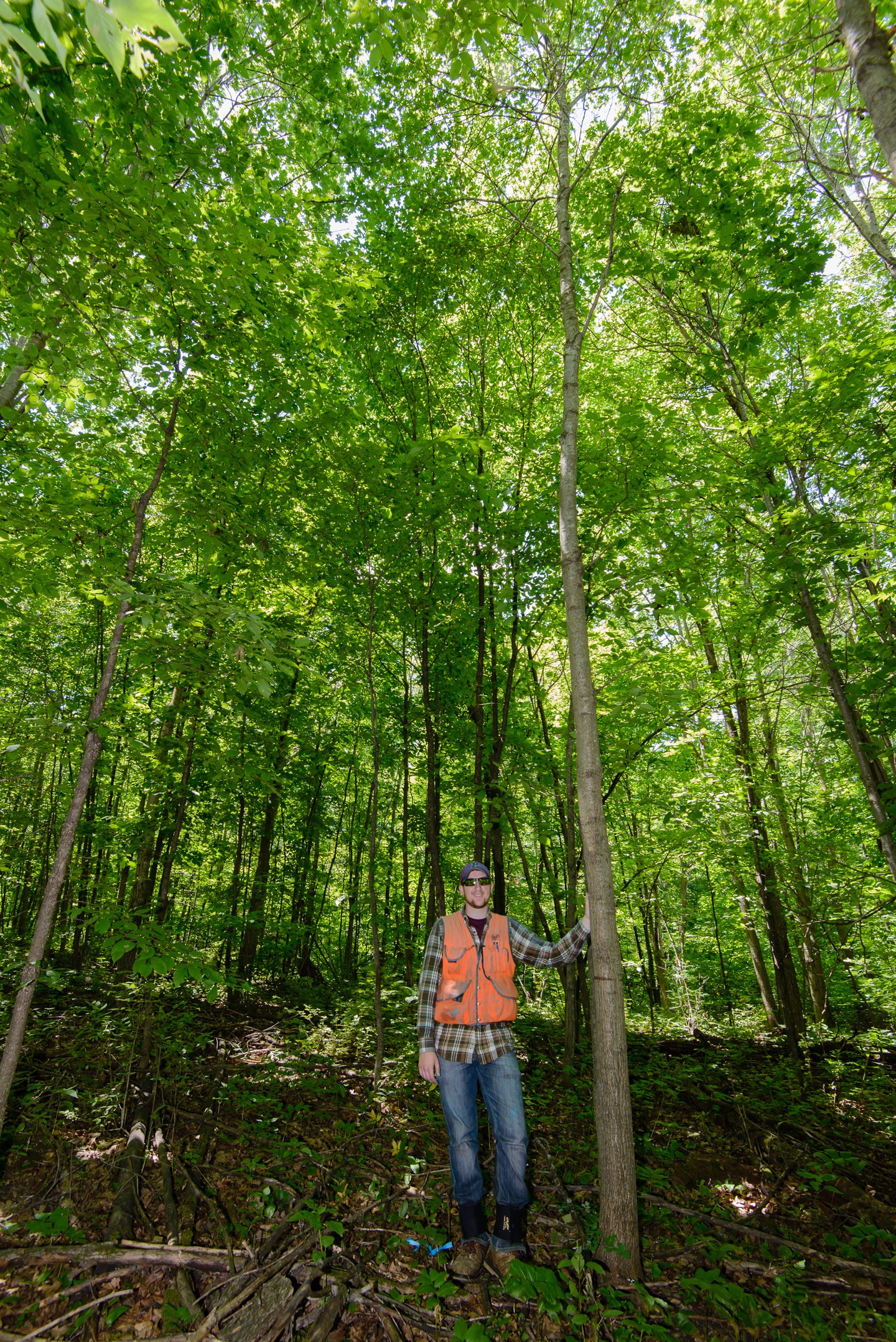
Figure 9: The stand in 2016; oaks are 4-5 in DBH
Costs and economic considerations
Table 3. Treatment costs in mid-1980s dollars
| Treatment | Cost ($/acre) |
| Herbicide Treatment (2 qts/ac of glyphosate) | $137 |
| Rock rake (3 acres treated) | $67 |
| Hand plant red oak seedlings (500 trees/ac) | $258 |
| TOTAL | $462 |
Table 4. Timber harvest income.
| Treatment | Revenue ($/acre) |
| Establishment cut (1987) | $17 |
| Overwood removal (1999) | $265 |
| TOTAL | $282 |
Other notes
The few surviving butternut have butternut canker disease.
This case study was reviewed and submitted by MN DNR Silviculture Program Staff Mike Reinikainen and Dave Schuller on 4/4/2019.
This case study was developed with support from the United States Department of Agriculture's National Institute for Food and Agriculture (USDA-NIFA), Renewable Resources Extension Act (RREA). Project #MIN-44-E02, principal investigator Eli Sagor, University of Minnesota.
Summary / lessons learned / additional thoughts
While the set of treatments we used were relatively expensive compared to the timber revenue (which, in part, was lower because the final shelterwood harvest was purposely appraised at a lower value to entice a quick removal), the set of treatments were successful at making oak the most dominant tree species in the stand today. Given the difficulty of successfully regenerating oaks across the region, we consider this a worthwhile investment. The current hardwood stand came from a mix of planted, stump sprouted, and natural seed origin oak.
Species-area data from this case study also demonstrate some resilience of this native plant community to historical non-forestry landuse (i.e., grazing and woodlot use) and chemical and mechanical site-preparation, both before and after harvest. While there were likely impacts to native plant composition on site from the various treatments, these impacts were temporary. The current stand has good diversity compared to other MHc36 forests. There are a few exotic species on site now that were likely present prior to treatment, but they are a relatively minor component of an otherwise native community of understory plants.
For future treatments, one might consider using larger oak planting stock. Our stock averaged around ¼ inch diameter stem caliper, research suggests using 3/8 inch diameter stem caliper and larger. If larger planting stock is used it may necessitate auger planting versus hoedad planting which was used on this site. The larger stock is likely to put on more rapid height growth for outcompeting the maple and other trees as well as allowing for a more rapid removal of the shelterwood.
This treatment plan shows that successful oak regeneration is possible in central mesic hardwood forests if you are willing to manage both the overstory trees and the mid and understory trees. Historically, periodic surface fires would have managed the mid and understories of MHc36 forests, or in the case of this particular site, perhaps livestock grazing or woodlot use served that role. Without the occasional managing of the lower vegetation layers, getting oak to regenerate could prove difficult in central mesic hardwood communities.
